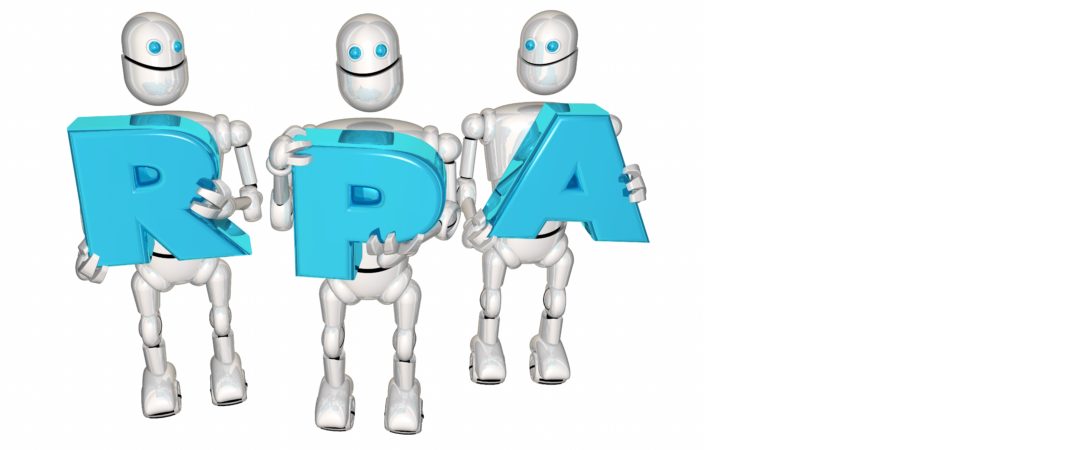“A week”, as the late Harold Wilson, a former British Prime Minister, once said “is a long time in politics.” The same principle appears to apply to robotics process automation, a week is a long time ago, five years ago is positively ancient history. And future gazers who speculate what it might be like in some distant future, normally project about a year to 18 months forward. Look further ahead, and you enter the realms of Isaac Asimov or Nostradamus. What is clear, though, is that robotics process automation is reaching something of a critical point; when it really does start to change how businesses operate, or indeed households live. It seems that cloud convergence could be the catalyst that turns robotics process automation from something businesses talk about to something they actually have.
Take as an example, UiPath. The company is the leading platform for enterprise robotic process automation with more than 1,800 business customers and government agencies using its software to deploy software robots that perfectly emulate and execute repetitive processes.
Athough you can trace the company’s origins to 2005, to a small tech business called Deskover in Bucharest, it has only really been operating in anything like its current guise since 2015. In a way that makes it an old timer; but the company has secured over $400 million in funding and the staff count has grown from 170 in 2017 to 1,900 in 2018.
Robotic roll-outs reap results: 95% of organisations using RPA say the technology has improved productivity
Not so long ago, its founders Daniel Dines and Marius Tirca were failing miserably at selling code from its automation library, or so Anna Ghica, PR manager for UiPath told Information Age.
It’s not a story that is unique to UiPath, after-all, Apple was failing miserably for most of the 1990s. Apple was transformed, in part, because technology advances elsewhere made the iPod and iPhone possible. AI is taking off now, but seemed more like the stuff of science fiction a few years ago, because technology wasn’t ready.
In an interview we asked Param Kahlon, Chief Product Officer at UiPath why now?
He gave more than one reason:
• Improvements in AI and machine learning, which enabled computer programs to understand what things are on a screen more easily.
• Companies wanting to avoid digital disruption, for example suffering the fate experienced by taxi firms at the hands of Uber or hotel firms at the hands of Airbnb.
• Because AI can now make judgement calls. Param explained that in the past, automation focused on structured data, so it made a judgement, for example, if the data is x, then do this. But “add AI to this and you increase the scope of automation in many different ways.” He explained further: “90% of data is unstructured, for example it exists in PDFs, Power Point, emails, images, etcetera, but now AI, by using machine learning, make judgement calls,” identifying patterns.
• He continued: “Also with machine learning you can take a lot of knowledge that experts may have acquired in their different domains and make a decision based on past actions.”
• Computer vision, an area where UiPath is particularly strong can “identify information from a computer screen.”
And then there is the cloud. Param said: “The cloud has lowered the barriers to entry, it gives the business user the ability to say ‘if I want to go and execute on something and I don’t have support from IT or it is too busy… I can do that quickly without having to engage IT.”
Opinion: “Robotic Process Automation delivers greater productivity in the workplace”
He added: “Our technology is built for the business analyst, and it achieves business outcomes very quickly because it doesn’t require any knowledge of programming to be able to write and automate those processes.” He explained further, that business users don’t require a server or need to install anything.
So the cloud is making robotics process automation more accessible.
Param continued: “Usually, the integration of a platform will involve connecting applications, meaning a software programmer needs to connect APIs in an integration framework. In our platform, we point and click – we mimic the actions humans take to break silos.” So for example, the old way may have involved copy and pasting information from one application to another. “We watch what humans are doing, we can have a business analyst who does not understand APIs write a simple process, applying drag and drop.”
Does ‘RPA’ spell the end of offshore outsourcing?
We asked for a practical example: Param said: “Imagine a supplier sends an invoice by email as a PDF. Someone your end must put it into an accounts package, and correlate with a purchase order. There might be a queue of people who will process such invoices, opening PDFs, taking information out of those documents and putting them into accounts payable. Robotics process information means you can do the same processes but in the fraction of the time it takes a human being to do it, and can also ensure that you are 100% complaint — no bad days, no human error.
Kulpreet Singh, Managing Director of EMEA at UiPath referred to a report from McKinsey saying that 40-50% of work is rules based, and can be automated. He said: “We think we will see a high degree of evolution as complementary technologies come along.
“And I suspect it is going to become a critical complement to any organisation, in the way we now take laptops for granted, so that they are close to being ubiquitous. We think 50-60% of organisations will be applying robotics process automation,” eventually.
What’s causing the move to the cloud? It’s all about digital transformation







